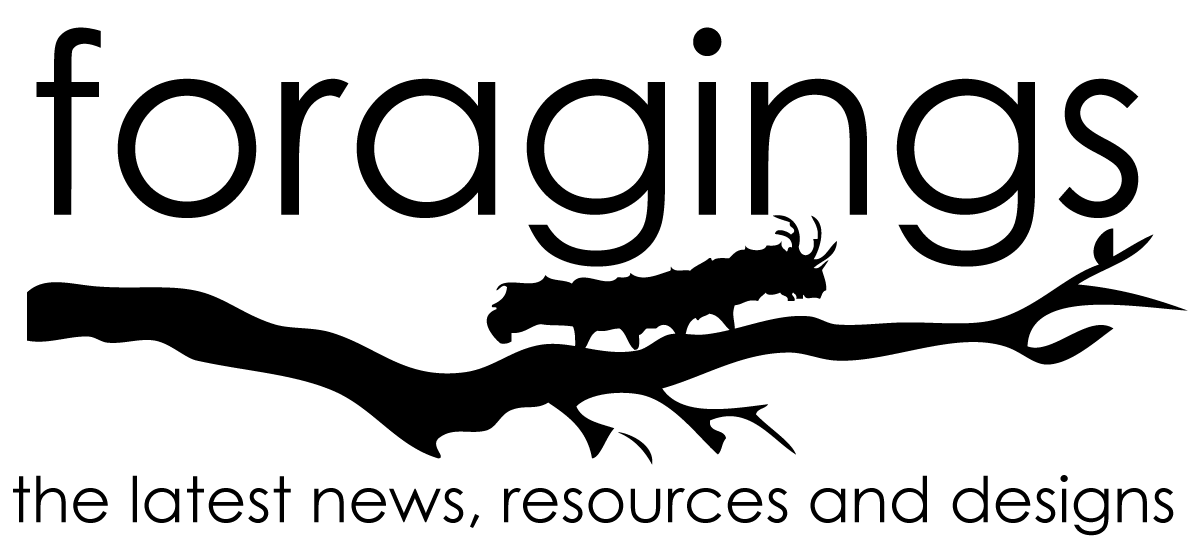News
- Badgers, bats and reptiles are right at home at Durrants Village:: Developers at a village in West Sussex have gone to great lengths by protecting species on site during construction and including habitat for the existing wildlife on the site including bats, lizards, snakes and badgers.
- Amphibian Crossing:: The Conserve Wildlife Foundation of New Jersey has a project to protect spring breeding amphibians by moving them across roads during their migration to breeding sites.
- Why Every City Should Be Planting Rain Gardens:: An interesting history of rain gardens and compelling arguments for their installation by The Atlantic Cities.
- Hedgerows direct the flight of the bumblebee:: “Bees use hedgerows as motorways, academics have found, which may help future rural planning.”
- Adapt garden to make most of drought conditions:: The drought in Texas last year did have some benefit as this article shows, the The Texas Parks and Wildlife Department created a “Drought Survival Kit” which aims to help homeowners reduce water consumption as well as benefit wildlife by using native plants.
- Urban trees crucial for wildlife:: A study in Australia found that trees were vital in cities for sustaining biodiversity. They found “large trees were considered “keystone structures”, providing resources such as food, nest sites and shelter for wildlife in agricultural and forestry-production landscapes.”
- For the Birds: Winged Predators Seek Certain Trees When Foraging for Caterpillars:: Birds care about the types of trees, findings of a recent study “suggest that chickadees and others zero in on the type of tree as much as the characteristics of their wriggly prey.”
- To stay relevant, conservationists embrace cities:: This is welcome news…”to stay relevant to the realities of most people in the world, the Nature Conservancy, one of the largest conservation organizations in the world, is shifting from looking just at preserving large swaths of open space — the idyllic forms of nature — to also focusing more on natural habitats in cities.”
- Does outdoor play help keep the doctor away?:: A great article from the BBC about getting kids into nature and the benefits of doing so.
- Urban green spaces require sustained investment:: This article discusses how urban green spaces take time and energy, they don’t just happen. “The inconvenient truth of this matter is that without investment, sustainable, urban green spaces will remain a wistful utopia.”
- The New Nature Movement – Environmental Health Leader Richard Louv:: Interesting interview with the author of Last Child in the Woods.
Resources
- The American Crow:: The Urban Wildlife Guide looks at one of the most common urban birds and describes how smart they are.
- Night fliers: how to attract moths to your garden:: This article from The Guardian discusses the simple ways to attract moths to your garden.
- Us against the world:: A recent post from the Next-Door Nature blog features a look at an increasingly common urban sight, coyotes.
- Hoverflies: Gardener’s Friends:: A great introduction to hoverflies in the UK.
Design
- How to eco-fit your garden:: This feature on the Telegraph highlights a new book, ‘How to Create an Eco Garden’ by John Walker and includes some good tips and ideas about making gardens more habitat friendly as well as eco-friendly.
- Olympics shoot for green medal:: This in-depth article from the BBC discusses the site of the London Olympics before and details the design ideas aimed to improve the derelict for wildlife and water cleaning.
- VOGELHOTELS für VÖGEL, INSEKTEN und andere Tiere:: This page (in German) features a variety of bird hotels, also featured on the Vogelhotel website, which includes insect hotels as well.
- “Bird City” Habitat Hangs In Unused City Spaces — Boosting Urban Biodiversity:: Dutch designer Eveline Visser has created a series of unique modular bird houses designed to be hung on unused walls in narrow spaces that may otherwise be wasted.
- Inner city beehives and bat boxes unveiled:: The three finalists are featured from a competition in London to design habitats for bees, bats and other wildlife.
- Meadow Up Your Street:: This is a campaign from Rivers of Flowers in London to ” inspire people to use the space in their front gardens to create a haven of biodiversity. Walking along a street and seeing a meadow of glorious wildflowers flowing from front garden to front garden will lift the spirits of residents and visitors alike.”



